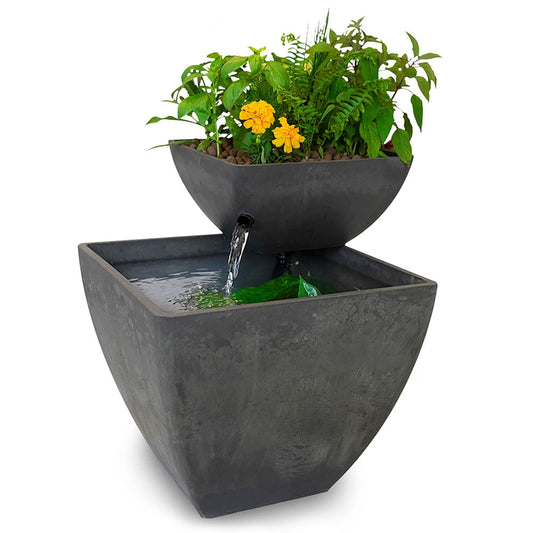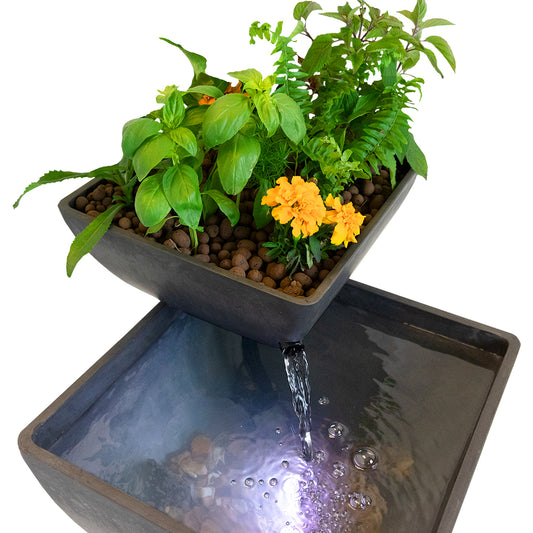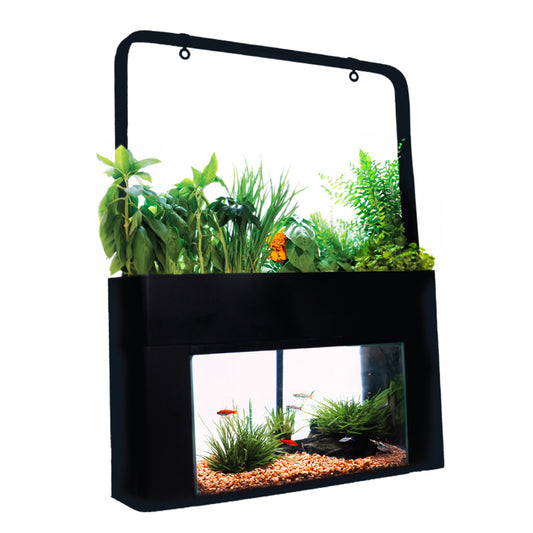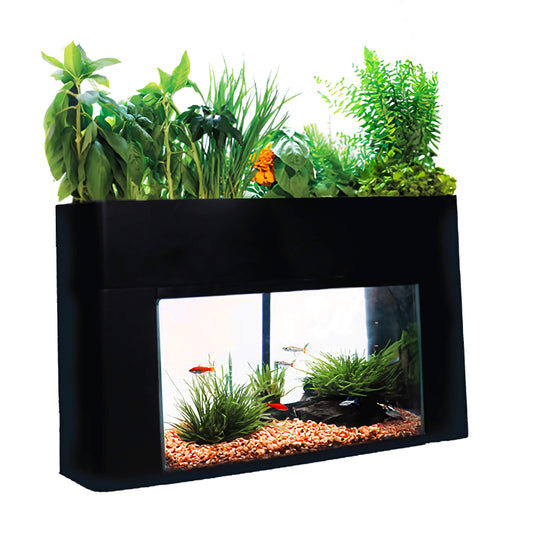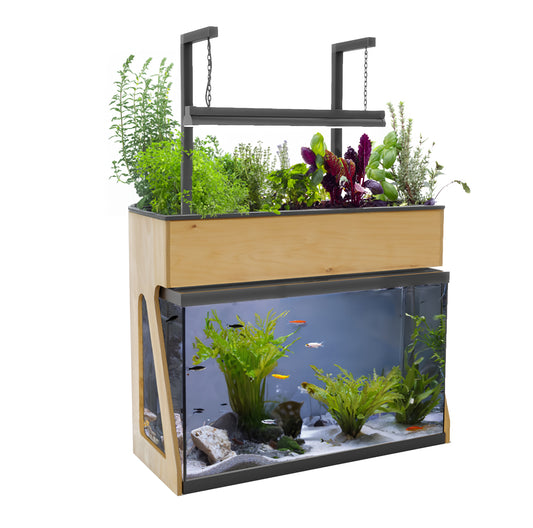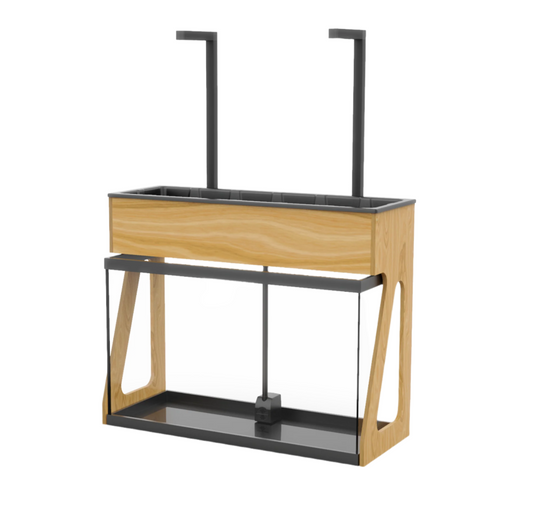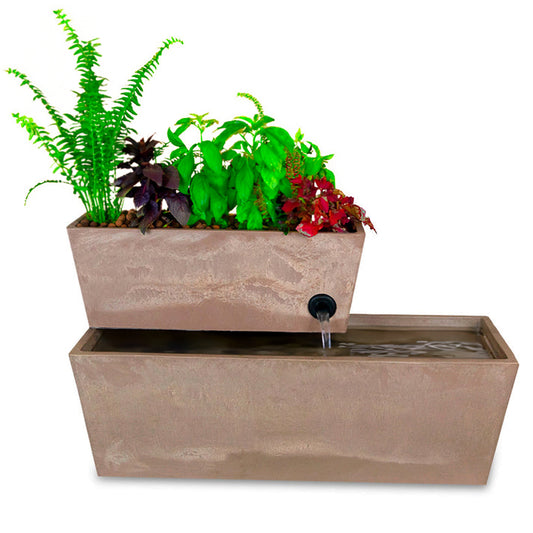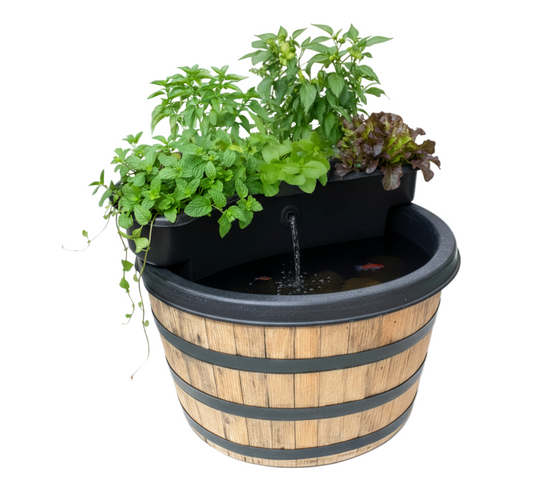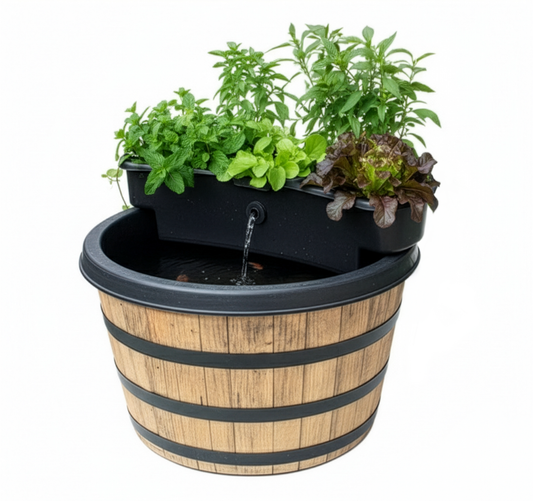Investigating Fish Feeding Behaviors and Their Scientific Implications for Aquaponics
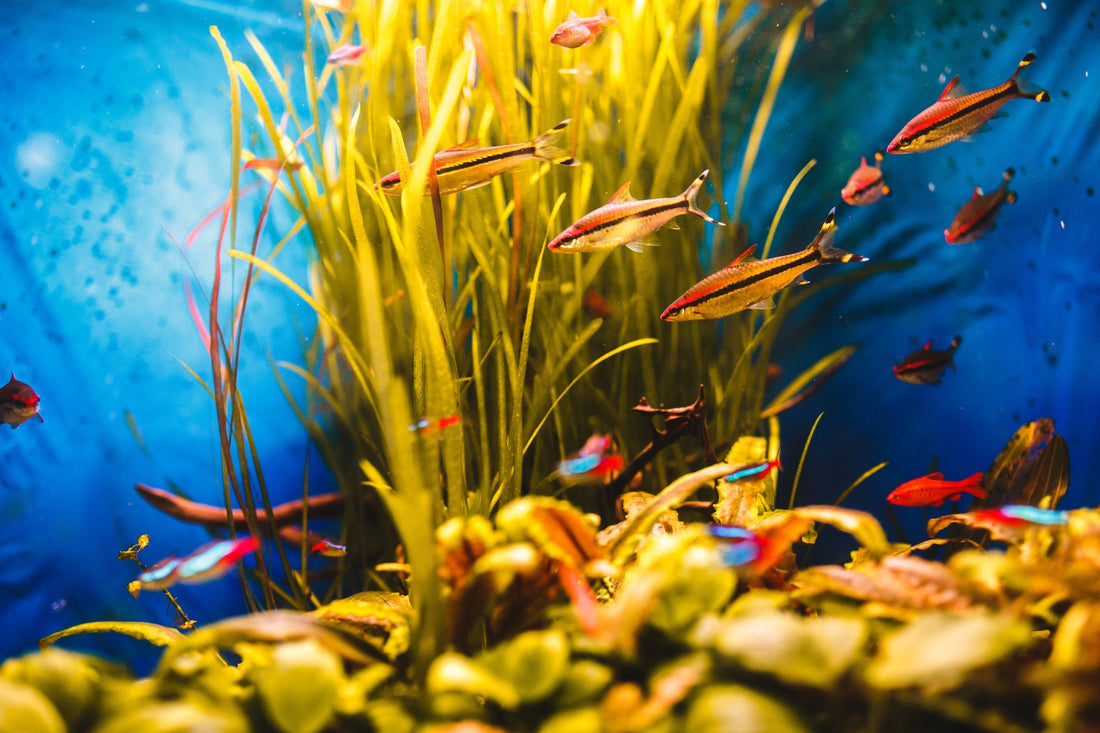
The aquatic ecosystem is characterized by a diverse array of fish species, each exhibiting unique feeding strategies finely tuned to their ecological niches. Detailed study of these feeding behaviors enhances our understanding of ichthyology and offers practical applications in sustainable agriculture, particularly within aquaponics. This blog post undertakes a scientific examination of various fish feeding methods, emphasizing benthic feeding, and explores their implications in aquaponics systems while highlighting the importance of high-quality, high-protein fish food.
Overview of Fish Feeding Strategies
Fish exhibit varied feeding strategies that have evolved to optimize their energy acquisition and survival within particular habitats. These strategies can be broadly categorized based on their diet composition and feeding mechanics:
- Benthic Feeding: Benthic feeders, such as catfish (Ictalurus spp.) and some carp species, ingest organic materials from the substrate, playing a crucial role in nutrient turnover.
- Planktivory: Small schooling fish, like minnows, rely on zooplankton and phytoplankton, maintaining planktonic populations in aquatic food webs.
- Herbivory: Herbivorous fish, including parrotfish (Scaridae) and some cichlids (Cichlidae), help control aquatic vegetation and algae growth.
- Carnivory: Predatory fish, such as pike (Esox spp.) and bass (Micropterus spp.), have evolved sharp dentition and streamlined bodies for hunting.
- Omnivory: Species like tilapia (Oreochromis spp.) and goldfish (Carassius auratus) consume both plant and animal matter, making them highly adaptable.
Understanding these feeding behaviors is crucial for optimizing aquaponics systems, where fish and plants coexist symbiotically.
Benthic Feeding
Benthic feeders, such as plecos (Hypostomus spp.), use specialized suction-cup mouths to consume algae and detritus. In aquaponics, their impact depends on system management, as excessive algae growth is often controlled. Smaller species like the Bristlenose Pleco (Ancistrus spp.) may be more suitable for controlled environments.
Studies show that channel catfish enhance nutrient recycling by aerating the substrate, boosting microbial activity crucial for nutrient turnover. This behavior improves organic waste management and contributes bioavailable nutrients for plant growth.
The Importance of High-Quality, High-Protein Fish Food
High-quality fish food plays a vital role in aquaponics by influencing fish health, waste management, and overall system efficiency. Key benefits of high-protein fish food include:
- Improved Nutrition: Provides essential amino acids for growth, reproduction, and tissue repair.
- Waste Reduction: Formulated diets produce less ammonia, maintaining better water quality.
- Enhanced Growth: Leads to faster development and efficient nutrient transfer to plants.
- Increased Disease Resistance: Strengthens immune systems, reducing fish mortality and overall system disruptions.
Applications of Feeding Behaviors in Aquaponics
Fish feeding behaviors directly impact nutrient cycling, water quality, and plant health in aquaponics systems.
- Nutrient Cycling: Benthic feeders break down organic waste, facilitating microbial conversion of ammonia into plant-usable nitrates.
- Plant Growth: Strategic fish selection can optimize nutrient availability and control algae overgrowth.
- Water Quality: Fish with complementary feeding habits help regulate waste buildup and prevent ammonia spikes.
The diversity of fish feeding behaviors, particularly benthic feeding, plays a crucial role in aquaponics efficiency. Incorporating high-quality, high-protein fish food enhances system sustainability by promoting fish health, nutrient cycling, and plant productivity.
By integrating scientific knowledge with sustainable practices, aquaponics can revolutionize food production, addressing global food security while maintaining environmental balance. As research progresses, optimizing fish diet and feeding strategies will be essential in unlocking the full potential of this innovative agricultural method.

